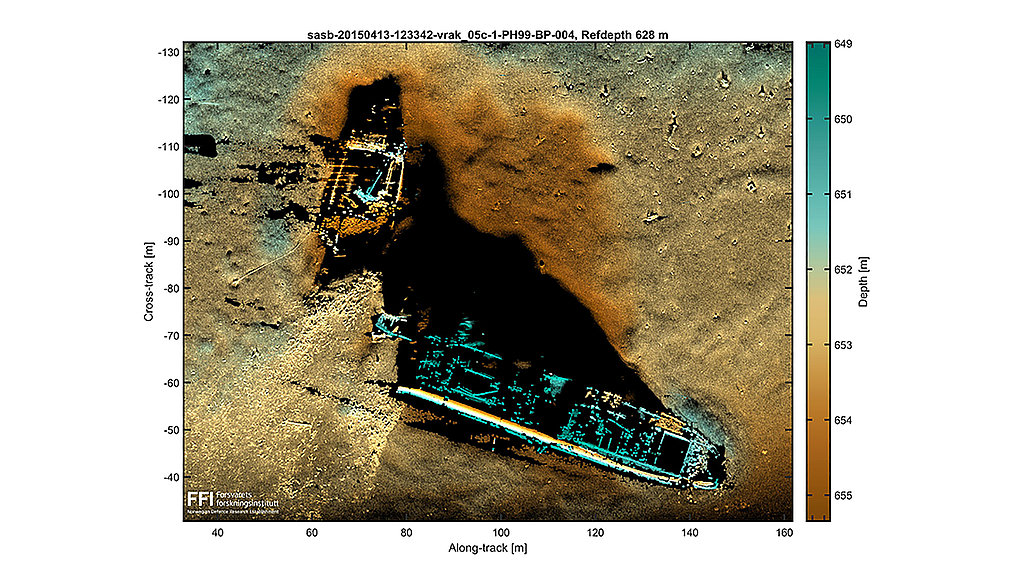New recommendations

Expert in maritime law Welmoed van der Velde of NHL Stenden, pictured with students © NHL Stenden
"Other countries' wrecks are on our territory and ours are on theirs. It would be best if we agree on how to manage the risks and how to categorize the wrecks."
(Welmoed van der Velde, expert on maritime law)
War wrecks highlight various problems: from navigation and offshore projects to the issue of cultural heritage and war graves, to environmental hazards and food safety. There are various international agreements, treaties and policy goals governing marine protection and conservation. They range from national regulation via the EU Marine Strategy Framework Directive to the United Nations Sustainable Development Goal, of which SDG 14 identifies the reduction of marine pollution as an important target.
Also of importance is the Oslo-Paris (OSPAR) Convention, which aims at the prevention and elimination of pollution of the North-East
Atlantic. Munition is one of the areas covered by OSPAR.

Sonar image of a munitions-laden ship that went down in the Skagerrak strait. Munitions remnants are clearly visible as lighter dots in the central area of the broken-apart wreck. © Forsvarets forskningsinstitutt (FFI) Norwegian Defence Research Establishment
Our project’s research is helping to critically examine how we deal with war remnants in the North Sea. It highlights that munitions do not fully break down in the environment. Our aim is to assist authorities by providing data and risk assessment tools. A shared approach to the risk assessment of conventional and chemical munition at dumping sites and shipwrecks, following the results of the project North Sea Wrecks, is needed.
Partner
-

